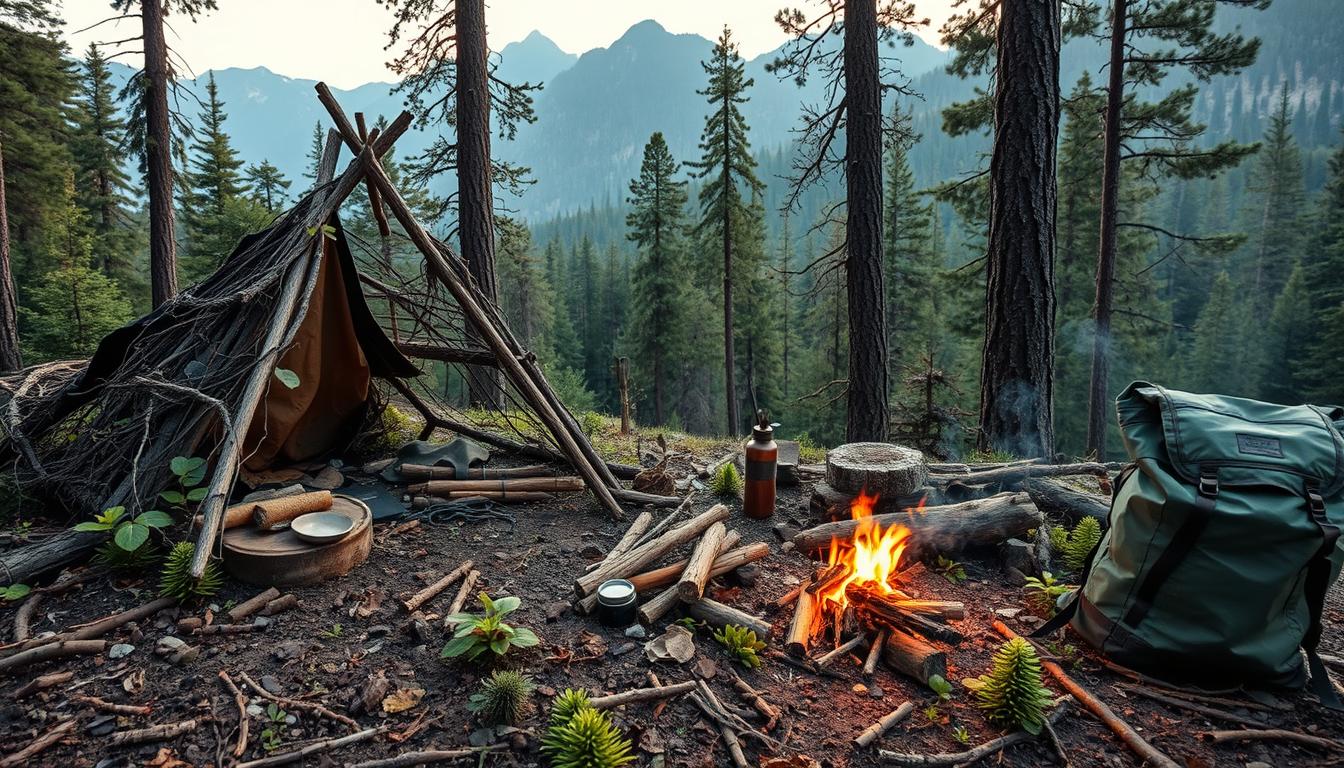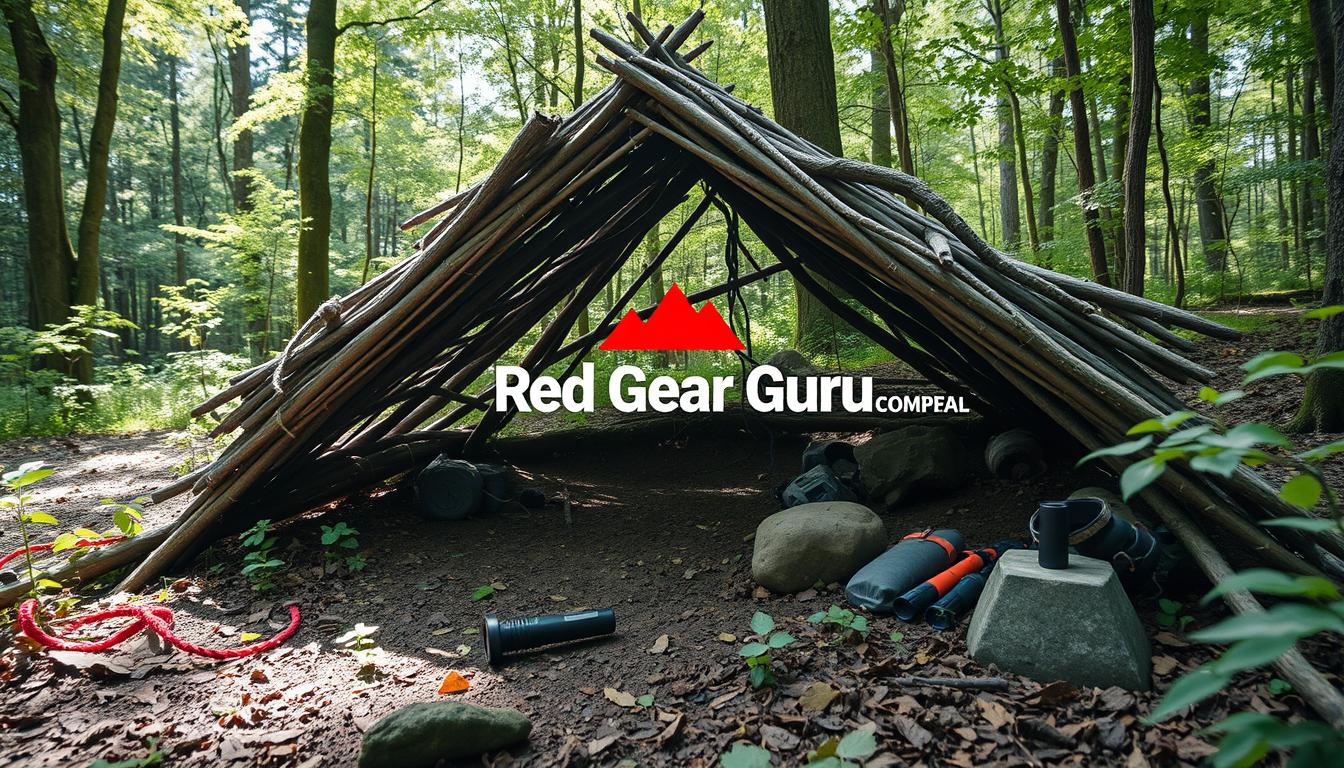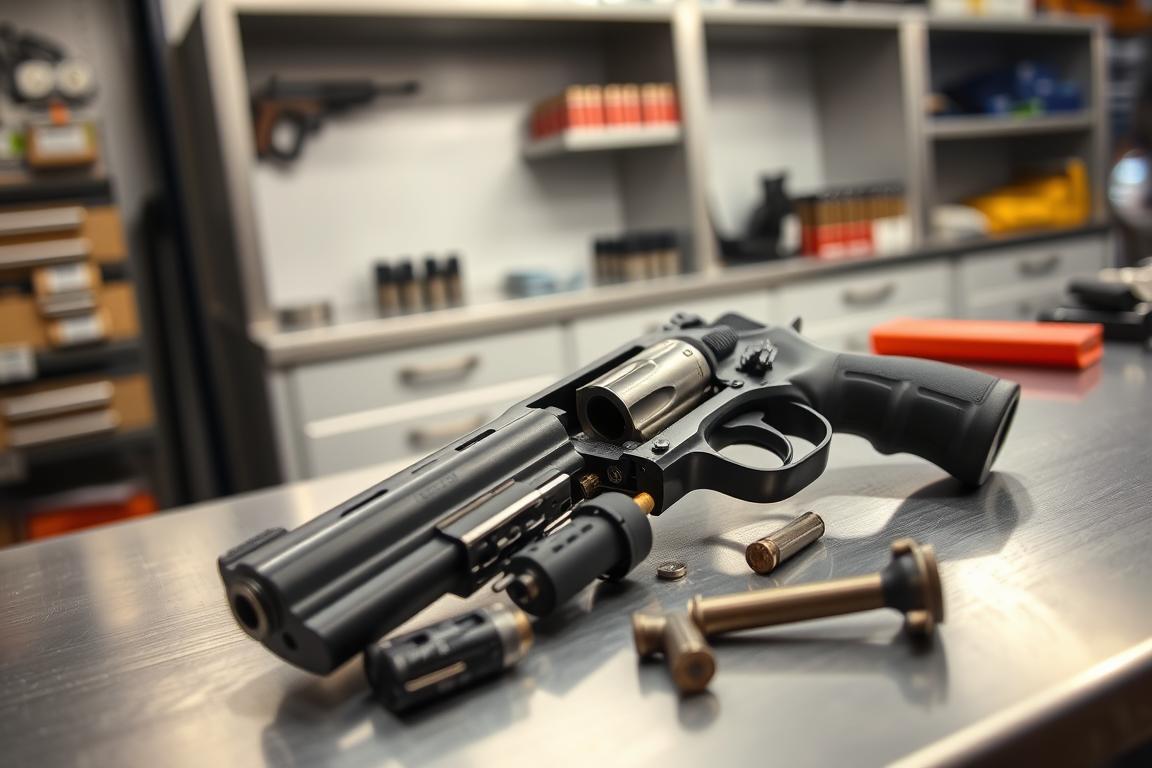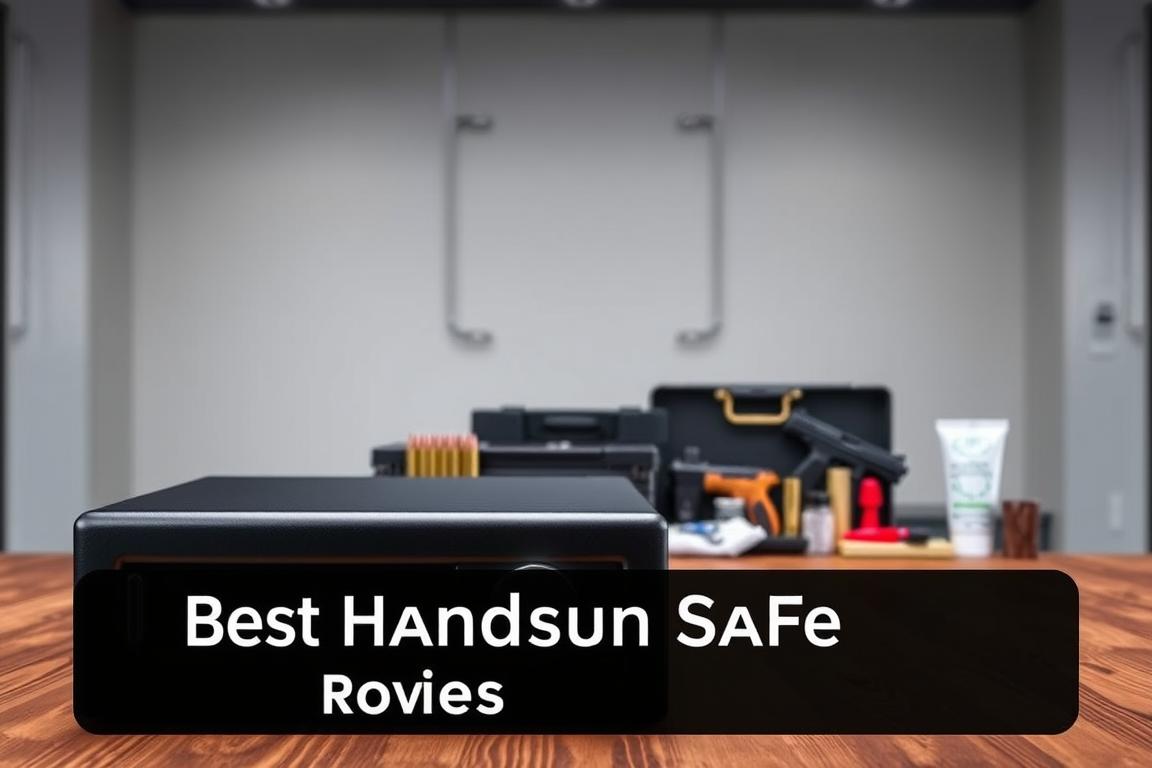Did you know that about 297 million people visited national parks in 2021? This is a big jump from the year before. It shows more people are eager to explore the outdoors. But, it also means there’s a higher risk of accidents.
Every year, around 3,000-3,800 climbers end up in the hospital. Most of these injuries come from falls. This is a scary fact that shows how important survival skills are.
When you’re in the wilderness, knowing how to handle emergencies is crucial. This includes medical issues, bad weather, and unexpected problems. Having the right survival knowledge can save your life.
Outdoor lovers need to be ready for anything. This means knowing the area, packing the right gear, and learning how to navigate. Experts say telling someone where you’re going can also keep you safe.
Learning survival skills is not just about staying alive. It’s about enjoying the outdoors responsibly. For more tips on survival, check out this detailed resource. It covers everything from building shelters to finding food.
Key Takeaways
- The growing popularity of outdoor activities underscores the need for effective survival skills.
- Awareness of emergency risks can dramatically improve wilderness safety.
- Preparation and research are critical components of successful outdoor adventures.
- Mastering navigation can help prevent accidents in unfamiliar terrains.
- Adventurers should develop a calm mindset to tackle emergencies effectively.
- Sharing trip itineraries enhances safety and accountability while exploring.
Understanding Wilderness Emergencies
Wilderness emergencies can happen without warning, requiring quick action and preparation. People might get hurt, fall ill, or get lost in the wild. Knowing how to survive is key to getting through these tough times.
It’s important to remember that without water, survival time is only three days1. Finding safe drinking water is crucial because wild water can be contaminated. Learning to purify water is a vital skill for staying safe.
Accidents can cause serious wounds, leading to blood loss and needing fast treatment2. Knowing how to use a tourniquet can save lives until help arrives2. It’s also important to know how to treat hypothermia, as it can cause serious health issues2.
Being prepared for wilderness adventures means more than just a first-aid kit1. It’s about knowing basic survival skills like knot tying, fire building, and signaling for help2. Having ways to communicate, from whistles to GPS, is also crucial in remote areas1.
The Scout program teaches wilderness emergency prep through survival skills3. Practicing these skills can greatly improve how well someone can handle emergencies.
Essential Survival Skills to Master
Learning key survival skills can help you stay safe in emergencies. Knowing first aid, like treating injuries and CPR, is crucial. It can save lives in urgent situations45. Building a shelter is also important to protect from the elements and avoid getting too cold5. Starting a fire is vital for warmth, light, and cooking, and it can also help signal for help45.
- Fire Building: Fire is essential in survival, providing warmth and a way to signal for help. It’s key to learn how to start a fire, as it’s useful in all survival situations4.
- Water Purification: Knowing how to make water safe to drink is vital. Clean water is essential in survival to avoid sickness from harmful germs5.
- Sourcing Food: Finding food in the wild, like plants or fish, is crucial for survival. Knowing what food is safe can be a lifesaver5.
- Knot Tying: Learning to tie knots is useful for many survival tasks, like building shelters and making traps. The time it takes to learn depends on the person45.
These basic survival skills help you become more resilient and self-reliant. They boost your confidence in surviving in the wilderness. If you want to improve your skills, many workshops and classes are available across the country. They offer hands-on learning opportunities6.
Your Survival Kit: Must-Have Gear
Having a good survival kit is key for outdoor adventures. It should have important items for emergencies. Make sure it has enough drinking water, at least one gallon per person per day, for both drinking and cleaning78.
It’s also important to include any medicines you need, as many people take them every day7. First aid and hygiene items like soap and hand sanitizer are crucial for staying clean7. Don’t forget tools to start fires, like waterproof matches or a lighter, for warmth and cooking.
Navigation tools like maps, compasses, or GPS devices are essential for finding your way9. A multi-tool can help with many tasks. Storing food in sealed containers keeps it fresh and safe8.
Adults need 2,000 to 2,500 calories a day, especially in emergencies8. Keep important documents like ID and insurance in a safe place, like a waterproof container7.
To summarize, a good survival kit should have:
- Water Filtration Systems
- First Aid Supplies
- Fire Starting Tools
- Navigation Tools (maps, compass)
- Multi-tool
- Clothing (spare layers, wool socks)
- Emergency food and storage provisions
- Cash reserves (at least $200 in small bills)
Having these items can help you stay calm in emergencies. Make sure your survival gear fits your adventure plans for the best emergency preparedness.
| Essential Item | Purpose | References |
|---|---|---|
| Water Filtration Systems | Purifies water from natural sources | 8 |
| First Aid Supplies | Address injuries | 7 |
| Fire Starting Tools | For warmth and cooking | 9 |
| Navigation Tools | Guide through wilderness | 9 |
| Multi-tool | Versatile usage | 9 |
Setting Up Camp: Creating Shelter
Creating a good wilderness shelter is key to survival. It protects you from rain, snow, wind, and the sun. Use natural resources like downed trees or rocky outcroppings as windbreaks10.
Insulation is the first step. Use leaves and moss to trap heat and keep warm at night.
Choosing the right spot for your shelter is important. Look for places that block wind, avoid falling trees, and are near water. This keeps you safe from sudden weather changes10. Try to build your shelter quickly, in about 15 minutes, so you can focus on other survival tasks.
Knowing your surroundings is crucial. Pay attention to how wind affects your body heat. This helps you place your shelter to keep warm and safe. Using natural barriers makes your shelter stronger and protects you from unexpected dangers10.
Creating shelter is more than just protection. It helps prevent hypothermia and cold injuries. Learning to make a good wilderness shelter is a top survival skill. It shows how important planning and choosing the right spot are11. For more tips on building shelters, check out this resource.
Finding and Purifying Water for Survival
Having clean water is crucial for wilderness survival. Humans can only last about three days without it. So, finding water quickly is very important in emergencies. Streams, lakes, and rainwater are good sources of water.
There are many ways to purify water. Boiling it for five minutes kills harmful germs12. Filters with pores smaller than 0.22 microns also work well12. It’s smart to have two ways to purify water, in case one doesn’t work.
Charcoal filters are great because they clean water and make it taste better. Remember, bad water can cause serious health problems. Symptoms from bad water can take a week to show up, and then it might be too late13. If you use bleach, let the water sit for 30 minutes to make sure it’s safe12.
Foraging for Food in the Wilderness
Foraging for food is key in wilderness survival. It keeps energy levels up. Knowing wilderness food sources like plants, berries, and insects is vital. Dandelions, for example, are edible from root to leaf, helping in tough times14.
Wild berries are almost 100 percent safe to eat worldwide15. This makes them a great choice in most places.
Insects are also a great food source. Crickets have more protein than beef or chicken16. About 25 percent of people eat insects regularly, showing they’re a good survival food16. Grasshoppers taste like chicken, making them a tasty option14.
Knowing when to forage is also key. Spring has greens and tubers, summer has berries and flowers, and fall has nuts and fruits14. Trapping small game saves energy for other tasks like building shelter or purifying water14.
Having the right tools is crucial for foraging. Cutting tools, baskets, gloves, and field guides help forage safely and accurately15. For those exploring the wild, knowing how to forage can be a lifesaver, turning dangers into useful finds.

Understanding Survival Techniques
Learning survival techniques is key for those exploring the wilderness. It’s more than just basic skills. Knowing wilderness survival helps you handle tough situations better.
Survival skills fall into three main areas: mental prep, physical skills, and tools. Being mentally strong is as important as knowing how to do things physically. A good survival kit can make a big difference in life-or-death situations17.
Knowing first aid is crucial. It can change the outcome of survival situations. Injuries can quickly turn a situation bad, showing the importance of first aid18. Skills like tying knots help make shelters and tools, which are vital for survival.
Practicing survival skills in safe places helps improve your skills. It boosts your confidence and readiness for real emergencies. Skills like finding water are key to staying alive, as dehydration can be deadly in just three days19.
Learning about fire is also vital. It gives warmth, light, and helps cook food. In tough times, staying calm and making smart choices is crucial. Fire’s role in survival includes warmth, light, cooking, and signaling17.
Learning these skills does more than just help you survive. It also makes groups safer in the wilderness. With a good understanding of survival techniques, you’re better prepared to face challenges and increase your chances of survival.
To learn more about these survival skills, check out resources on essential training in survival techniques.
Communicating in Emergencies
Clear communication is key to survival in emergencies. Being prepared can greatly improve your safety.
Always tell someone where you’re going and when you’ll be back. This way, you have a reliable contact. In the wilderness, knowing how to react in emergencies is crucial. Having a communication plan is essential.
Tools like whistles, flares, or satellite phones are vital for emergency communication. Whistles can be heard a mile away, alerting rescuers20. Flares can signal your location for about 15 minutes20.
Cell phones might not work during big crises. Landlines can stay on during power outages, unlike VoIP services21. Satellite phones are good for global emergencies, but they’re pricey and need planning21.
People see information as important as food or water in emergencies22. Those in rural areas might find it harder to get alerts than city folks. This shows the need for good planning22.
It’s smart to have an emergency communication kit. Include batteries, chargers, and backup devices. Regular check-ins and watching local news keep you informed21. A solid communication plan can save your life in emergencies.
The Role of Wilderness First Aid Training
Wilderness first aid training is key for those exploring remote areas. It teaches people to deal with medical emergencies far from hospitals23. You’ll learn how to treat wounds, burns, and bites, and manage limb injuries24.
Students also learn to use wilderness first aid kits. These kits have things like disinfectants, bandages, and tweezers24. This training boosts confidence and ensures quick, effective action in emergencies24. Getting certified by the American Red Cross is a big plus23.
Practical training scenarios are part of the course. They prepare you for outdoor emergencies23. For example, the Boy Scouts require at least one certified person on high-adventure treks25.
Combining wilderness first aid with survival training is essential. It prepares you for tough outdoor conditions. Knowing wilderness first aid makes outdoor adventures safer and more rewarding25. For more on wilderness first aid and survival training, check out this resource.
Practicing Survival Skills in Real-Life Scenarios
Learning survival skills is key to being ready for wilderness emergencies. Activities like camping and hiking help people learn these skills in a safe way. This makes it easier to use them when it really matters.
Survival courses are also great for improving these skills. They focus on real-life situations and important survival techniques. Knowing CPR and how to treat wounds can save lives until help arrives26.
Being safe in water is also crucial. Even a short distraction can lead to drowning. Knowing how to swim and stay afloat is vital26. Plus, learning to build a shelter helps keep you warm and dry26.
Knowing how to find safe food and purify water is essential. When you can’t find clean water, boiling it is the best option26. Being able to navigate without technology is also important, especially when you’re lost26.
Getting better at these skills takes practice and learning from experts. For example, you can find detailed survival strategies in this resource on survival skills. With regular practice and learning, you can be more ready for unexpected situations.
Conclusion
Knowing how to survive in the wilderness is key. Skills like building shelters, starting fires, and first aid are crucial. These skills can greatly increase your chances of making it through tough times in the wild27.
Having a survival mindset is also vital. It means being adaptable, resourceful, and mentally strong. Practicing survival skills through drills and challenges can boost your confidence in the outdoors. This practice keeps you ready for anything nature throws your way28.
Being part of a community helps too. Staying updated on local and global news, signing up for alerts, and having a support network can make you more resilient. Reflecting on your experiences and growing as a person can also improve your survival skills. This way, you’re better prepared for your next outdoor adventure28.
FAQ
What are the basic survival skills I should know?
Key survival skills are first aid, building shelters, starting fires, and purifying water. Learning these skills can help you survive in the wilderness.
How can I prepare for wilderness emergencies?
To prepare, learn essential survival techniques and gather a survival kit. Understand the challenges of outdoor environments. Training and practice are also important.
What should I include in my survival kit?
Your kit should have a water filter, first aid supplies, tools for starting fires, navigation tools, and a multi-tool. These items are vital for wilderness emergencies.
How do I find and purify water in the wild?
Search for streams or lakes for water. Purify it by boiling for five minutes or using a filter to remove pathogens.
What is the importance of shelter in survival situations?
Shelter keeps you dry and warm, preventing hypothermia. It’s crucial for your safety in emergencies.
How can I signal for help in the wilderness?
Use whistles, flares, or signal fires to signal for help. Clearly showing your location helps rescuers find you.
Do I need wilderness first aid training?
Yes, first aid training teaches you to handle medical emergencies. It helps stabilize injuries until help arrives.
What should I do if I get lost in the wilderness?
Stay calm and look around. Use maps and navigation to find your way back. If lost, stay visible and signal for help.
How can I practice my survival skills?
Practice by camping and hiking. Also, take survival courses that teach practical skills and real-life scenarios.
What are some primitive survival skills I can learn?
Learn to forage for food, build natural shelters, and hunt small game. These skills help you survive in the wilderness.
Source Links
- How to Survive a Wilderness Emergency
- 11 Survival Skills That Could Save Your Life | Red Cross
- Information: WILDERNESS SURVIVAL
- 8 Basic Survival Skills You Can Learn in Your Own Backyard
- 11 Survival Skills That Could Save Your Life | Red Cross
- 5 Basic Survival Skills » Wilderness Awareness School
- Build A Kit | Ready.gov
- 8 Things You Need to Have in Your Survival Kit | Catoma
- Survival Gear List: The Survival Essentials
- Basics of Wilderness Survival Shelter Building – Swift | Silent | Deadly
- 11 Survival Skills That Could Save Your Life | Red Cross
- Purifying Wild Water: A Guide to Staying Hydrated in the Outdoors
- How to Make a Survival Water Filter » Wilderness Awareness School
- Harvesting Survival Food | Yost Survival Skills | Bushcraft and Outdoor Skills
- Survival 101: Foraging for Edible Plants
- How to Forage: Feed Yourself With Wild Foods – Survival Mom
- Outdoor Survival Techniques
- 11 Survival Skills That Could Save Your Life | Red Cross
- Wilderness Survival Guide – modern and primitive skills
- Emergency Communication Guide – Survival Kit #16
- Communication Strategies in a SHTF Crisis
- Lesson 3. Communicating in an Emergency
- Wilderness First Aid
- Wilderness first aid basics: Essential skills & training
- What Is Wilderness Training? – Laurel Highlands Council
- 11 Survival Skills That Could Save Your Life | Red Cross
- Survival Skills Every Tactical Enthusiast Should Know • Chase Tactical
- Conclusion and Next Steps in Your Survival Journey – Survival Mastery: Be Ready, Stay Safe















Wonderful website. A lot of useful info here. I’m sending it to a few friends ans also sharing in delicious. And naturally, thanks for your effort!